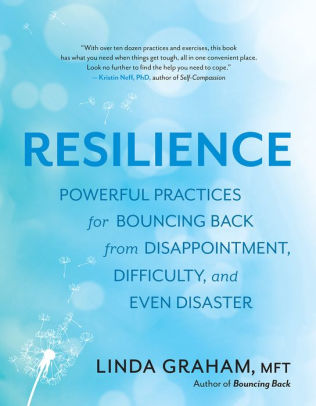Resilience is the ability to bounce back from difficulties. It is a set of learned skills that enable a person to pick better options when responding to stress and challenges. Some people learn resilience from family, friends and mentors but those who have not had good role models may still learn these skills through careful practice. This book contains 120 exercises for learning several types of skills necessary for resilience: mindfulness, improving relations, mindful empathy, and developing positive emotions to overcome negative thoughts and experiences. Most exercises can be done alone, others in a group. The exercises are backed up by psychological research and have been used and refined by the author in her professional capacity as a licensed therapist. While you could sit and read this from cover to cover, you will not get the benefit without actually performing the exercises.
Trauma in its many forms is acknowledged with techniques for managing feelings of shame, sadness, guilt, even repetitive memories of traumatic events.The writing is very gentle. The focus is on finding ways to improve your well being. A large part of resilience is being able to look at one's circumstances with a different perspective. This may mean that one learns to see the silver lining instead of focusing on what went wrong. It could mean that one develops an improved capacity to listen to one's spouse and see another point of view. It may involve learning to recognize physical symptoms of tension and responding with calming exercises.
The introduction of extensive mindfulness practices give some of the tools a feeling closer to what you might expect from a meditation class or even a scripted shamanic journey. For instance, you may do an exercise with your inner child, your self as you are now, and a wiser version of yourself. The technique of bringing in a safe person, real or imagined, to offer support or guidance is used because it turns out that the mind's ability to imagine a different reality functions as a therapeutic coping strategy if used conscientiously.
Other exercises are more down to earth, such as setting limits and boundaries. Here the reader identifies a violation of a boundary and steps to take with the person who is crossing that boundary in order to correct the situation. Another exercise has the reader dealing with everyday issues where one does not control the outcome. For instance, getting what you need from an an insurance company that has denied a claim by identifying one's intentions for coping with the situation.
For the person willing to put in the effort, repeatedly, over a period of time, Resilience's practices could be life changing. Looked at individually, an exercise may seem subtle. The power in the title comes from the cumulative effect of doing the work. This book is best seen as a workbook for dealing with life's challenges.
With the caveat that serious mental illness requires professional help, I believe many people who are looking for a better way to manage life's challenges would benefit from these techniques.
Highly Recommended!
~review by Larissa Carlson
Author: Linda Graham, MFT
New World Library
288 pages, $17.95

